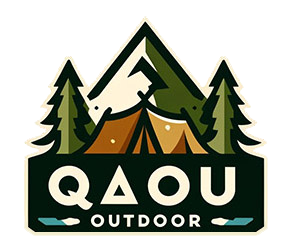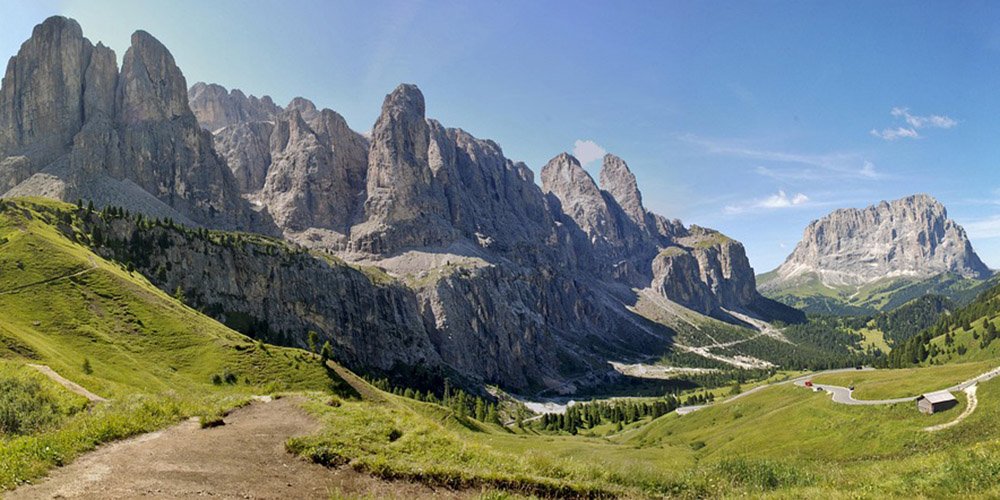What Are the Different Types of Hiking Jackets & How to Choose Yours?
Selecting the right hiking jacket is essential for staying comfortable and protected in the great outdoors. Hiking jackets are designed to shield you from various weather conditions, including rain, wind, cold, and even snow.
However, not all jackets are created equal, and understanding their differences can help you make the best choice for your needs. This guide will explore the various types of hiking jackets, their specific features, advantages, disadvantages, and how to choose the right one for your hiking adventures.
Types of Hiking Jackets
1. Rain Jackets (Hard Shells)

Rain jackets, also known as hard shells, are designed to keep you dry during heavy rain and protect against strong winds. They are constructed with waterproof and breathable materials, such as Gore-Tex, eVent, Pertex Shield, and H2No, which prevent water from entering while allowing sweat to escape. These jackets typically feature fully taped seams, adjustable hoods, water-resistant zippers, and durable water-repellent (DWR) coatings to ensure complete protection from the elements.
Pros:
- Provides excellent waterproofing and windproofing.
- Highly durable and abrasion-resistant.
- Suitable for multi-day trips and harsh weather conditions.
- Available in various weight categories, from ultralight to heavy-duty expedition jackets.
Cons:
- Can feel stiff and restrictive compared to other jacket types.
- Limited breathability during high-exertion activities unless equipped with ventilation features such as pit zips.
- Often lacks insulation, requiring additional layering in colder conditions.
Best For: Wet and windy conditions, high-altitude hikes, alpine climbing, and multi-day treks where staying dry is essential.
2. Softshell Jackets

Softshell jackets offer a balance between breathability, insulation, and water resistance. Unlike hard shells, softshells are made from woven materials that provide flexibility, comfort, and greater freedom of movement. While they are not fully waterproof, they are designed to repel light rain and block moderate wind, making them ideal for high-intensity activities where breathability is crucial.
Pros:
- Excellent breathability and moisture management.
- Superior flexibility and comfort during active pursuits.
- Often lined with fleece or brushed fabric for added warmth.
- Some models include water-resistant coatings for extra protection.
Cons:
- Not fully waterproof; only suitable for light rain or drizzle.
- Provides limited insulation compared to dedicated insulated jackets.
Best For: Cool, dry weather; high-exertion activities like climbing, running, cycling, and fast-paced hiking where ventilation is essential.
3. Insulated Jackets

Insulated jackets are primarily designed to provide warmth in cold environments. They can be broadly classified into down insulation and synthetic insulation.
- Down Insulation: Uses natural down feathers from ducks or geese, providing exceptional warmth-to-weight ratio and compressibility. High-fill-power down (e.g., 800-fill and above) offers superior loft and insulation while remaining lightweight.
- Synthetic Insulation: Made from polyester fibers designed to mimic down’s properties. It provides reliable insulation even when damp and dries quickly. Common types include PrimaLoft, Thinsulate, and Coreloft.
Pros:
- Outstanding warmth for weight (down).
- Retains heat when wet (synthetic).
- Compressible and easy to pack (especially down).
- Available in various designs, from lightweight jackets to heavy-duty parkas.
Cons:
- Down insulation loses its warmth when wet unless treated with a hydrophobic coating.
- Synthetic insulation is heavier and less packable compared to down.
Best For: Cold-weather hikes, winter camping, high-altitude trekking, and casual use in colder environments.
4. Fleece Jackets

Fleece jackets are lightweight and breathable, making them ideal as a mid-layer under a waterproof or windproof shell. They are made from synthetic polyester and designed to trap warm air while wicking moisture away from the skin. Fleece jackets come in various thicknesses, such as microfleece, mid-weight fleece, and heavyweight fleece.
Pros:
- Lightweight and highly breathable.
- Quick-drying, even when damp.
- Comfortable and soft against the skin.
- Inexpensive and versatile.
Cons:
- Offers poor wind and water resistance; requires layering for protection.
- Can pill over time, reducing effectiveness and appearance.
Best For: Dry, cool conditions; as a mid-layer in a layering system; everyday casual use.
How to Choose a Hiking Jacket
Choosing the right hiking jacket depends on several factors:
- Weather Conditions: Determine if you need protection from rain, wind, cold, or a combination of these. Waterproof jackets are essential for wet conditions, while insulated jackets are ideal for cold environments.
- Activity Level: High-energy activities like mountaineering or trail running require breathable jackets (softshells), while slower, colder hikes may benefit from insulation.
- Layering System: Incorporate a moisture-wicking base layer, an insulating mid-layer, and a protective outer shell. Avoid all-cotton clothing for base layers to prevent moisture retention.
- Fit and Mobility: Ensure your jacket allows for a full range of motion. Articulated sleeves, drawcord-adjustable hems, and well-designed hoods enhance comfort and functionality.
- Weight and Packability: Opt for compressible, lightweight jackets for multi-day hikes. Down insulation offers the best packability but may require a waterproof outer shell.
- Additional Features: Consider jackets with extra features like adjustable hoods, ventilation zippers (pit zips), pockets, and reinforced panels for durability.
Comparison Table
| Feature | Rain Jackets (Hard Shells) | Softshell Jackets | Insulated Jackets | Fleece Jackets |
|---|---|---|---|---|
| Waterproof | Excellent | Moderate | None (unless waterproofed) | None |
| Breathability | Moderate | Excellent | Low (down), Moderate (synthetic) | Excellent |
| Insulation | None | Moderate | Excellent | Moderate |
| Wind Resistance | Excellent | Moderate | Good | Poor |
| Weight | Moderate to Heavy | Lightweight | Lightweight (down), Heavy (synthetic) | Light |
| Packability | Good (if minimalistic) | Excellent | Excellent (down) | Good |
| Durability | High | Moderate | Moderate to High | Moderate |
| Best For | Wet and windy conditions | Active pursuits, dry weather | Cold weather hiking | Layering |
Conclusion
Choosing the right hiking jacket involves understanding the different types and their intended purposes. By evaluating your hiking environment, planned activities, and personal comfort needs, you can select a jacket that provides the best combination of protection, insulation, and breathability. With the proper hiking jacket, you can tackle diverse conditions and enjoy your outdoor adventures to the fullest.








